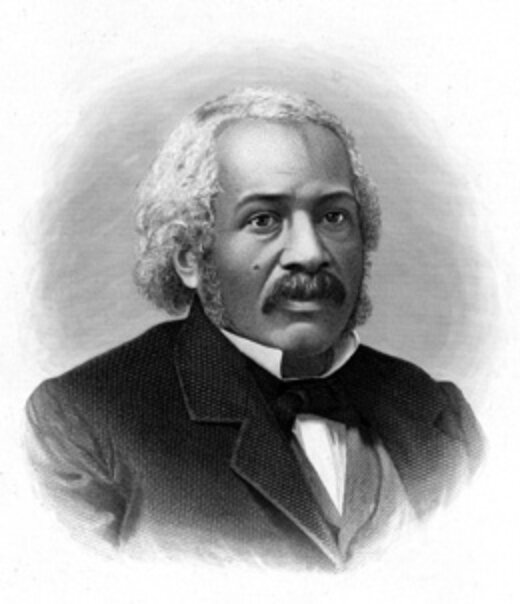‘First, Do No Harm’ Doesn’t Mean ‘No Rx Opioids’
/By Dr. Lynn Webster, PNN Columnist
Many physicians say their ethical duty is to "First, do no harm." This principle is often mentioned in the context of prescribing opioids. Some people even believe that prescribing opioids to treat people in pain violates the Hippocratic Oath, because, they say, a doctor’s first obligation is not to do anything that could make things worse for a patient.
However, that is a flawed oversimplification of the "First, do no harm" directive.
As N.S. Gill writes in Thoughtco, many people believe that “First, do no harm” is a quotation from the Hippocratic Oath. They are mistaken. More importantly, the creed does not say that doctors must never provide a clinical intervention that might trigger some degree of harm. If physicians had to live by such a code of ethics, they would be unable to offer almost any medical treatment, since they all carry some risk of harm.
As the Harvard Health Blog points out, ensuring that you always "do no harm" would mean no one would ever have lifesaving surgery. Doctors wouldn’t be able to order CT scans, MRIs, mammograms, biopsies or other tests that can turn up false positives; draw blood for fear of bruising or provide vaccines that may cause side effects. Even aspirin is a potentially dangerous treatment for some people. To avoid risk altogether, doctors would have to limit themselves to Band-aids and soothing words.
The Double Effect Philosophy
“First, do no harm” isn’t about standing by helplessly while someone suffers needlessly. It is an ideal that is better explained by the principles embedded in the philosophy of the Double Effect.
According to the Stanford Encyclopedia of Philosophy, the Double Effect doctrine means that an action is acceptable if harm occurs in the course of trying to make a positive difference. An intent to do good or help must be the underlying motive. However, the intention to do good by itself is insufficient. The possible good from the action must sufficiently outweigh the potential for harm.
Often, the Double Effect guideline is used to explain why physicians prescribe opioids even knowing they can pose risk to patients. Doctors prescribe opioids -- sometimes at very high doses -- with the intent to relieve pain (which is “to do good”), because there are few other options available or affordable, and the risk of harm is manageable for most patients.
This trade-off in decision-making is true for all medications and interventions, not just for opioids. Opioids are not evil agents, despite their checkered reputation among some laypeople, physicians and lawmakers.
Not Using Opioids Can Causer Harm
Most patients nearing the end of their lives, their families and clinicians who treat terminally ill patients place a priority on a peaceful, pain-free death. Opioids are frequently necessary to fulfill that desire, despite their potential to hasten death.
Providing opioids to ease end-of-life suffering passes the Double Effect test, but it is still controversial. Furthermore, end-of-life-care is only one area for which some experts question the use of opioids. Some people believe that opioids should never be prescribed because of the harm they may cause, regardless of their potential benefits to patients.
But not using opioids can also cause harm. In an American Journal of Law and Medicine scholarly essay this month, Kate Nicholson and Deborah Hillman argue that there is a special duty to a subgroup of patients who are already receiving opioids: doctors must not harm them with forced tapering.
There is also harm, Nicholson and Hillman say, in not treating pain in patients. Based on a Human Rights Watch study, they believe that doctors who deny patients the care they need "in an effort to protect their licenses or stay under the radar of law enforcement" may be violating their patients' human rights.
Nicholson and Hillman point out that "First, do not harm" has a different meaning for policymakers than for physicians. Policymakers have a responsibility to ensure that society isn't harmed by opioids. However, the authors contend that policymakers have an even greater duty to "do no harm" by respecting the doctor/patient relationship when considering the societal impact of opioid prescribing.
The patient's need for pain medication, they believe, should be prioritized over society's need for protection against the harm that misused or diverted opioids can cause.
Our Ethical Responsibility to Patients
As physicians, we are trained to heal. We become healthcare professionals because we want to provide compassionate care to the sick, the frail, and the dying. We swear an oath to use our best judgment to evaluate the risks and potential benefits in all interventions. Intending to do good, even knowing that adverse effects can occur with every intervention, is our ethical responsibility.
A mischaracterization of the phrase “First, do no harm” must not prevent providers from caring for people, or prevent policymakers from allowing physicians to treat their patients. That treatment must include providing patients with medication that can adequately provide pain relief with acceptable risk.
The physician's ethos must always be based on what is best for the patient when all factors are considered -- not on arbitrary guidelines that impose a one-size-fits-all philosophy.
This column has been revised and updated from a version that appeared in the Salt Lake Tribune on December 10, 2017.
Lynn R. Webster, MD, is a vice president of scientific affairs for PRA Health Sciences and consults with the pharmaceutical industry. He is author of the award-winning book, “The Painful Truth,” and co-producer of the documentary, “It Hurts Until You Die.” You can find Lynn on Twitter: @LynnRWebsterMD













